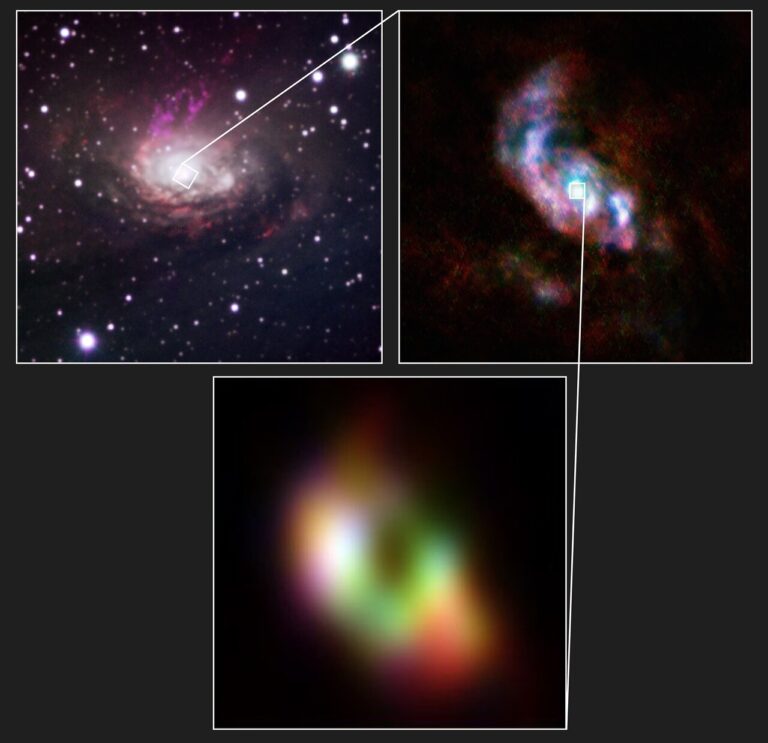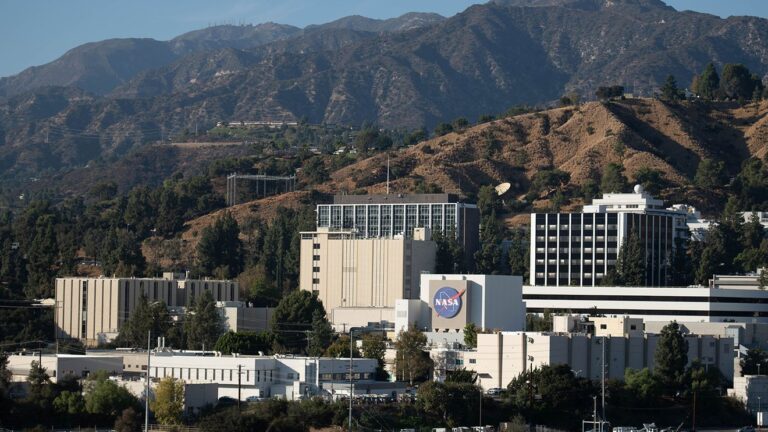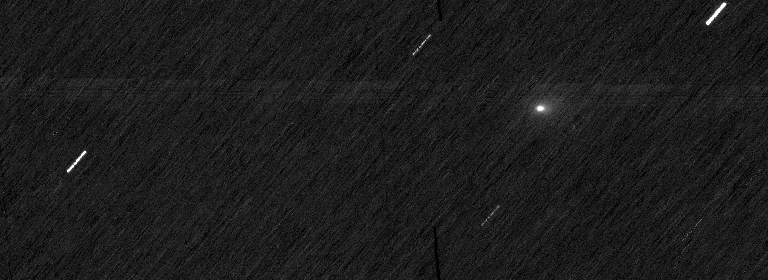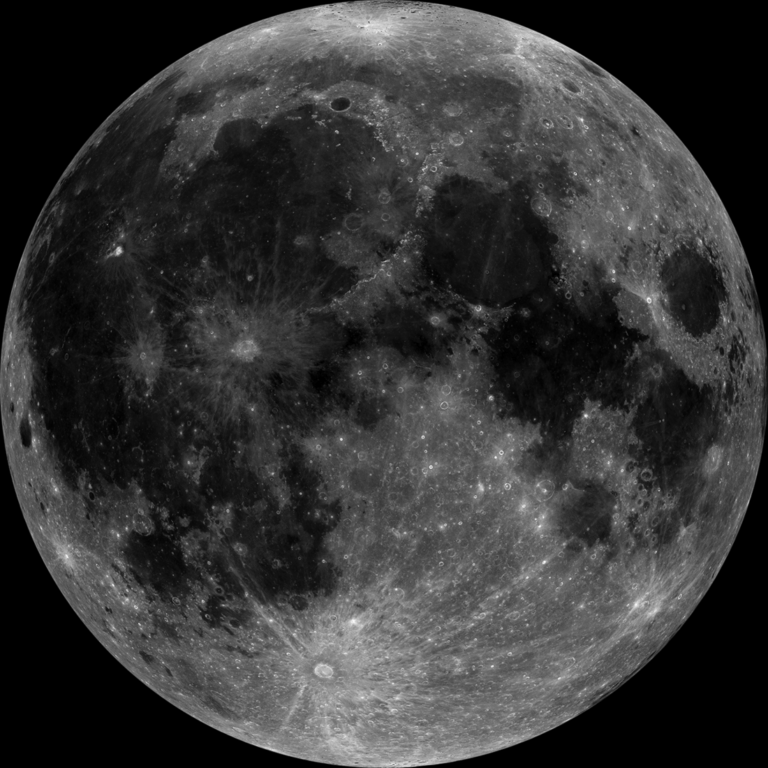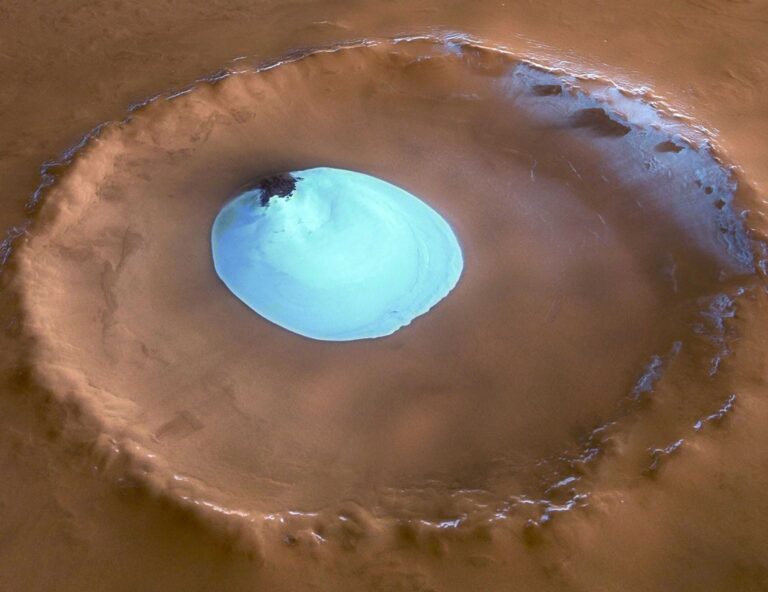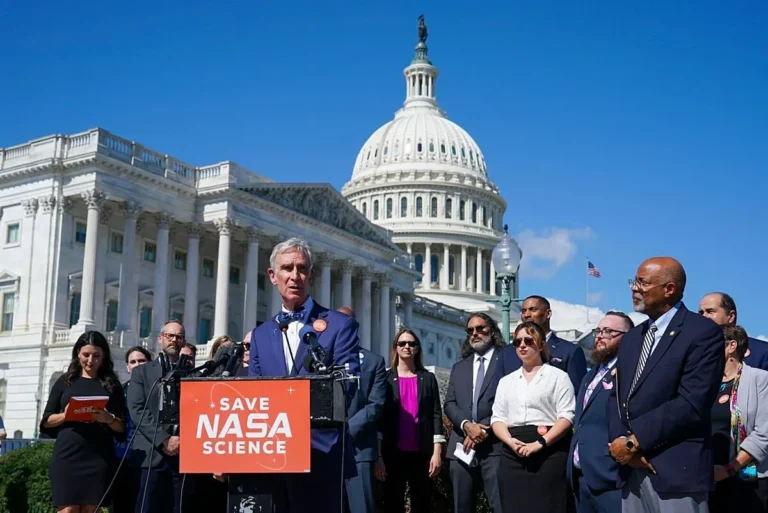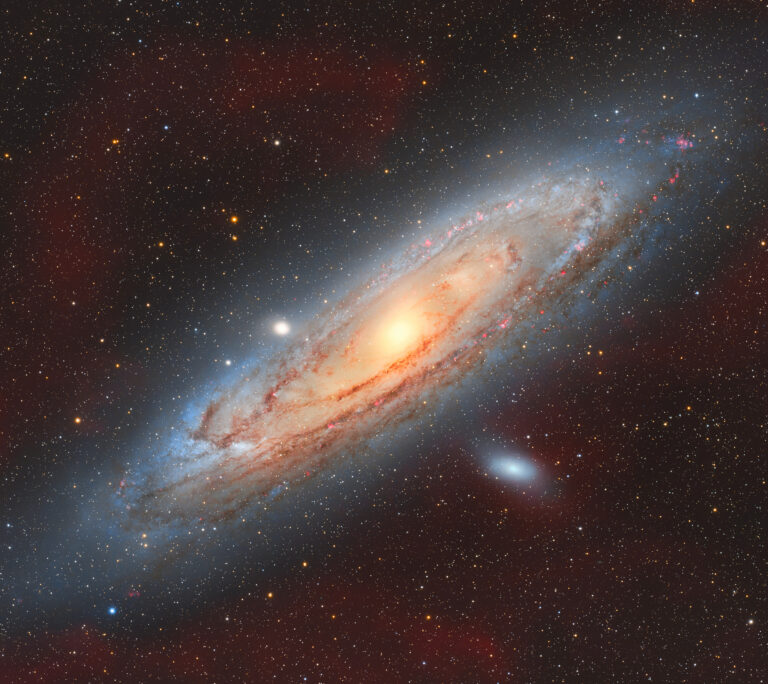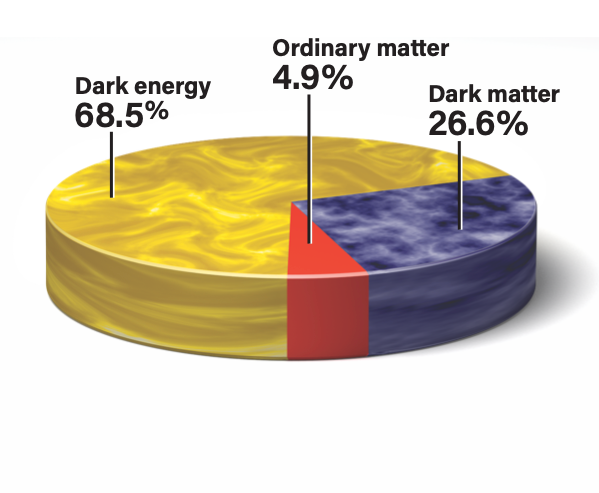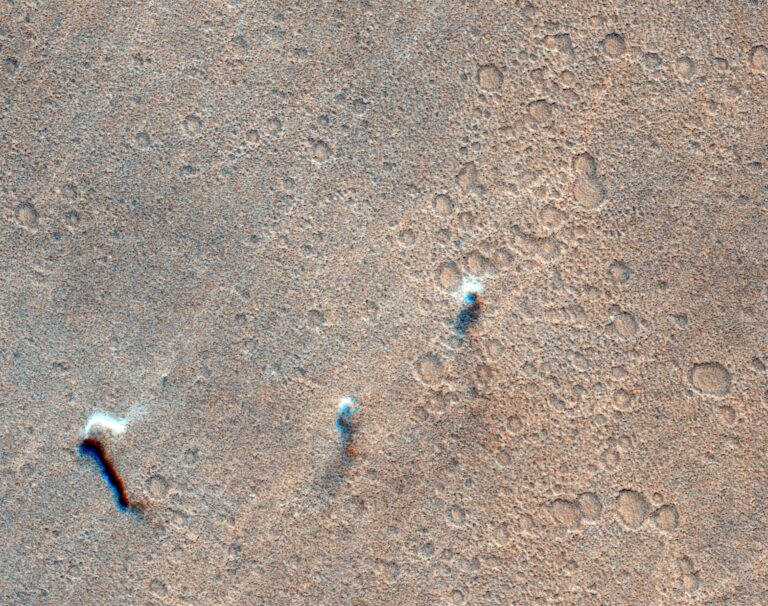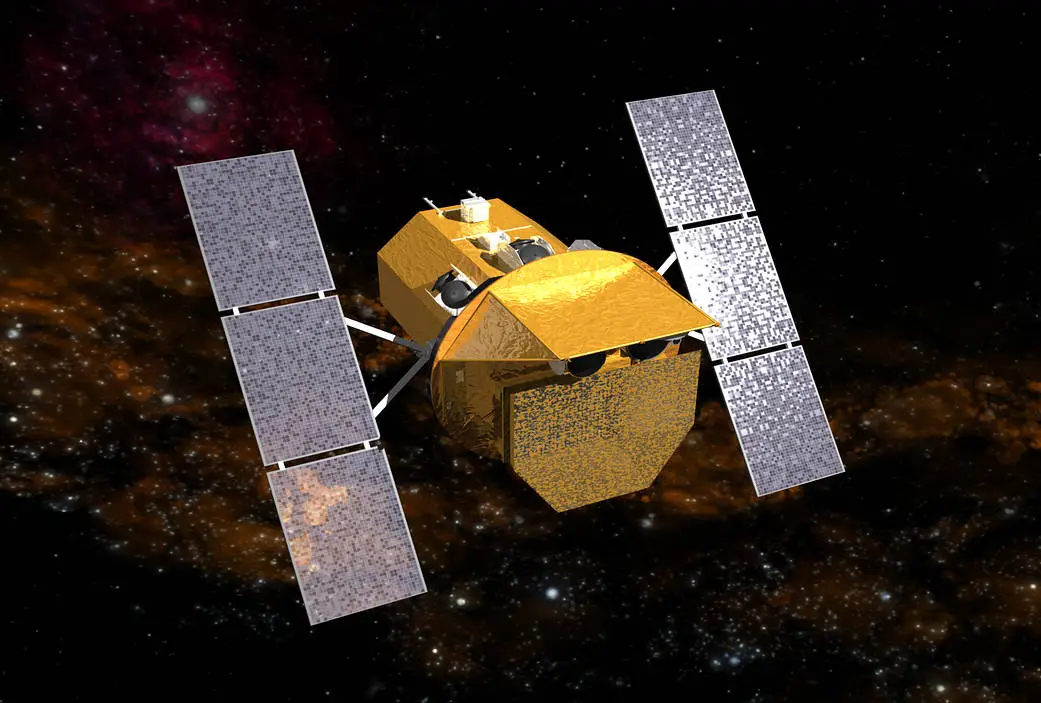
Key Takeaways:
- The Neil Gehrels Swift Observatory is experiencing rapid orbital decay, intensified by solar activity, which threatens an uncontrolled atmospheric reentry by mid-2026 and the premature cessation of its gamma-ray burst research mission.
- NASA has awarded Katalyst Space Technologies a $30 million contract to perform an urgent robotic orbital boost of the Swift Observatory to a more stable altitude, with docking operations scheduled for June 2026.
- This mission would mark the first commercial robotic capture and reboost of an uncrewed government satellite not initially designed for on-orbit servicing, necessitating a custom robotic capture mechanism.
- A successful reboost would not only extend Swift's scientific operational life but also demonstrate critical rapid-response satellite servicing capabilities, advancing U.S. national security interests and potentially inaugurating a new paradigm for spacecraft longevity.
NASA has awarded a contract to execute a high-stakes orbital maneuver, racing against time and atmospheric drag to prevent a critical science asset from tumbling back to Earth. The target of this unprecedented rescue attempt is the Neil Gehrels Swift Observatory, a telescope that has spent two decades studying the universe’s most powerful explosions, known as gamma-ray bursts, but whose altitude is now rapidly decaying.
In a move intended to extend the Swift mission’s science lifetime and advance U.S. capabilities in servicing satellites, NASA awarded Katalyst Space Technologies of Flagstaff, Arizona, a $30 million contract. Katalyst will attempt to rendezvous with the telescope and boost it to a higher, more stable orbit.
If successful, the Swift boost would be a first: the first time a commercial robotic spacecraft captures a government satellite that is uncrewed and was not originally designed to be serviced in space.
“Given how quickly Swift’s orbit is decaying, we are in a race against the clock, but by leveraging commercial technologies that are already in development, we are meeting this challenge head-on,” said Shawn Domagal-Goldman, acting director of NASA’s astrophysics division, in a Sept. 24 news release.
Orbital decay
Launched in 2004, the $500 million Swift Observatory alerts NASA’s fleet of space telescopes of gamma-ray bursts the moment they occur. Gamma-ray bursts are powerful explosions — the most powerful since the Big Bang — that emit gamma radiation. These events occur approximately once a day and come from all directions. Now believed to indicate the birth of a black hole, scientists are still not sure what causes them. Swift was built to answer that question.
The telescope remains fully operational but has been silently sliding toward an early end. Like all objects in low Earth orbit, Swift has gradually been losing altitude due to atmospheric drag. On top of that, recent increases in the Sun’s activity has caused Earth’s atmosphere to swell, intensifying drag and speeding up the process. As a result, the observatory’s altitude has dropped from an initial 373 miles (600 km) to 249 miles (400 km). Because the satellite has no propulsion system, it cannot enter into a safer orbit without being boosted by another spacecraft. It faces a 50 percent chance of uncontrolled reentry by mid-2026, increasing to 90 percent by the end of that year. This would mean the loss of a key scientific capability, as there is currently no planned replacement.
To prevent an uncontrolled deorbit, NASA utilized its Small Business Innovation Research (SBIR) Program, awarding Katalyst a Phase III contract. NASA says this will allow it to pursue the orbit boost on a shorter development timeline than would otherwise be possible. The mission will demonstrate a “rapid-response capability” by moving from concept to implementation in less than a year, according to Nicky Fox, associate administrator, in NASA’s news release. The rescue plan mandates that Katalyst must be ready to launch in as little as eight months, with docking operations scheduled for June 2026.
Life extension
Swift is not the first telescope where NASA has considered tapping industry for a reboost. NASA recently explored a commercial mission to reboost the aging Hubble Space Telescope, including a 2022 proposal from Jared Isaacman and SpaceX. However, after a feasibility study, NASA declined to pursue that plan. Mark Clampin, director of the agency’s Astrophysics Division, said the agency did not want to suffer a “premature loss of science” or contaminate the telescope’s mirror, especially since Hubble is currently operating successfully and is expected to last until the mid-2030s. By contrast, Swift’s decay is rapid, making Katalyst’s rescue mission urgent.
A major challenge for Katalyst is that Swift was not designed for such an operation. Unlike the Hubble Space Telescope, which was serviced by astronauts aboard the space shuttle, Swift has no external docking ports or grappling fixtures. Instead, the servicer craft will rely on what Katalyst calls a “custom-built robotic capture mechanism” designed to attach to a feature on Swift’s main structure without damaging its sensitive instruments.
Success could “unlock a new era of on-orbit servicing where satellites can be routinely and regularly serviced instead of thrown away,” the company said.
It could also “open the door to extending the life of more spacecraft in the future,” said NASA’s Clayton Turner, associate administrator of the agency’s Space Technology Mission Directorate, in its news release.
National security stakes
Satellite servicing capabilities have also emerged in recent years as crucial for national security. China has already demonstrated on-orbit servicing abilities in 2022, using the uncrewed satellite SJ-21 to tow a defunct satellite. Katalyst’s operation — capture and handling of a fully operational spacecraft, one that was not designed to be docked or serviced — is a more complex task that requires more precision and comes with more risk.
In a post on Katalyt’s website, the company said it had originally planned to perform a demonstration flight in June 2026. “When NASA raised the alarm about Swift, Katalyst seized the opportunity to pivot to a live rescue operation which would demonstrate similar capabilities,” it said.
Katalyst says the rescue attempt boosts the U.S.’ capabilities to quickly respond to threats in space. A Katalyst news release quoted General Stephen Whiting, Commander of U.S. Space Command, speaking at the Space and Missile Defense Symposium in Huntsville last August: “Sustained space maneuver is crucial to our resilience and lethality through the mobility and endurance of our spacecraft.”

